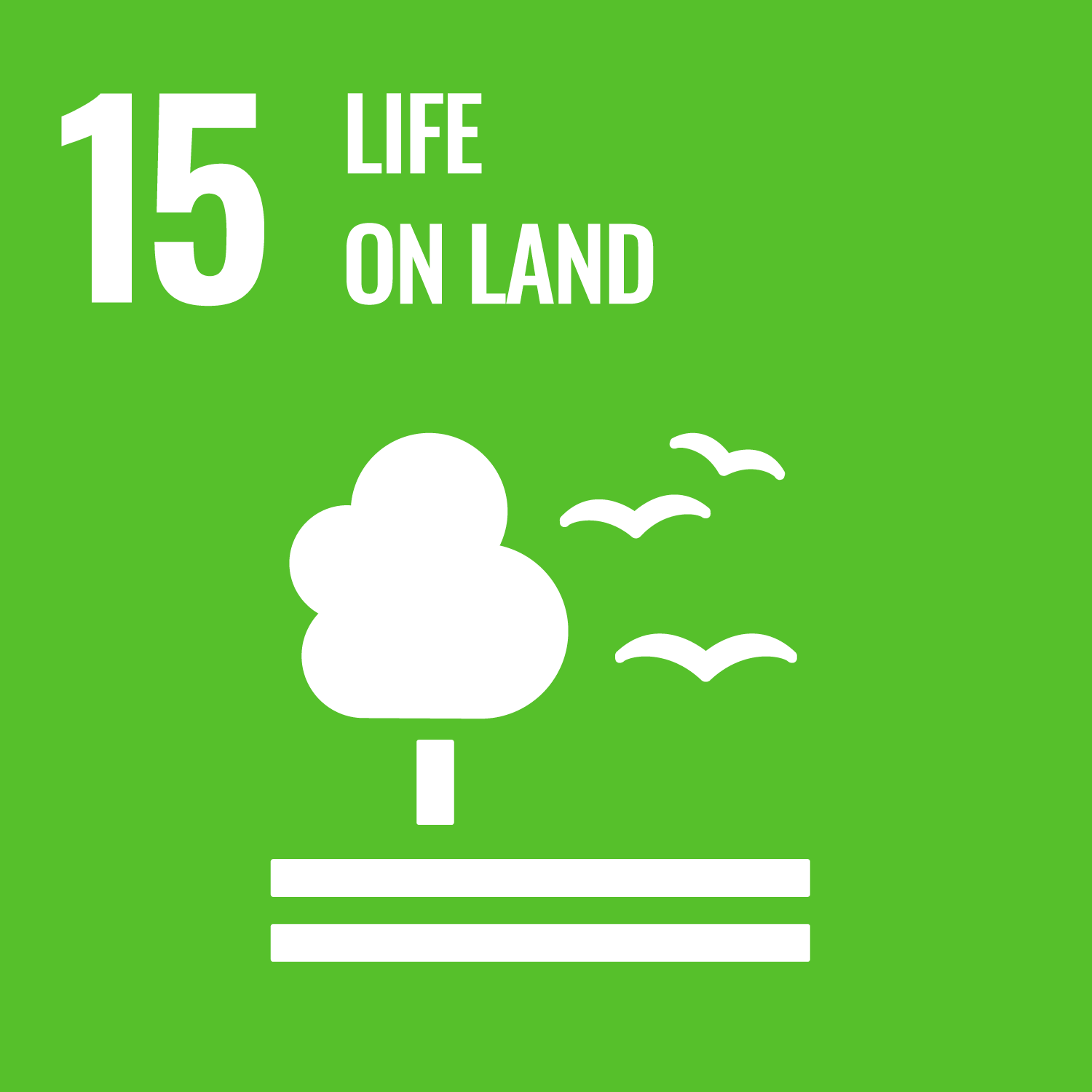Sze, J.S. orcid.org/0000-0001-8183-766X, Childs, D.Z. orcid.org/0000-0002-0675-4933, Carrasco, L.R. et al. (1 more author) (2022) Indigenous lands in protected areas have high forest integrity across the tropics. Current Biology, 32 (22). pp. 4949-4956. ISSN: 0960-9822
Abstract
Intact tropical forests have a high conservation value. Although perceived as wild, they have been under long-term human influence. As global area-based conservation targets increase, the ecological contributions of Indigenous peoples through their governance institutions and practices are gaining mainstream interest. Indigenous lands—covering a quarter of Earth’s surface and overlapping with a third of intact forests—often have reduced deforestation, degradation, and carbon emissions, compared with non-protected areas and protected areas. A key question with implications for the design of more equitable and effective conservation policies is to understand the impacts of Indigenous lands on forest integrity and long-term use, as critical measures of ecosystem health included within the post-2020 Global Biodiversity Framework. Using the forest landscape integrity index and Anthromes datasets, we find that high-integrity forests tend to be located within the overlap of protected areas and Indigenous lands (protected-Indigenous areas). After accounting for location biases through statistical matching and regression, protected-Indigenous areas had the highest protective effect on forest integrity and the lowest land-use intensity relative to Indigenous lands, protected areas, and non-protected controls pan-tropically. The protective effect of Indigenous lands on forest integrity was lower in Indigenous lands than in protected areas and non-protected areas in the Americas and Asia. The combined positive effects of state legislation and Indigenous presence in protected-Indigenous areas may contribute to maintaining tropical forest integrity. Understanding management and governance in protected-Indigenous areas can help states to appropriately support community-governed lands.
Metadata
| Item Type: | Article |
|---|---|
| Authors/Creators: |
|
| Copyright, Publisher and Additional Information: | © 2022 The Author(s). This is an open access article under the CC BY license (http://creativecommons.org/licenses/by/4.0/). |
| Keywords: | Indigenous lands; forest integrity; land-use intensity; protected areas; tropics; Humans; Ecosystem; Conservation of Natural Resources; Forests; Biodiversity; Carbon |
| Dates: |
|
| Institution: | The University of Sheffield |
| Academic Units: | The University of Sheffield > Faculty of Science (Sheffield) > School of Biosciences (Sheffield) > Department of Animal and Plant Sciences (Sheffield) The University of Sheffield > Faculty of Science (Sheffield) > School of Biosciences (Sheffield) |
| Funding Information: | Funder Grant number NATURAL ENVIRONMENT RESEARCH COUNCIL NE/R017441/1 |
| Depositing User: | Symplectic Sheffield |
| Date Deposited: | 10 Sep 2025 15:30 |
| Last Modified: | 10 Sep 2025 15:30 |
| Status: | Published |
| Publisher: | Elsevier BV |
| Refereed: | Yes |
| Identification Number: | 10.1016/j.cub.2022.09.040 |
| Related URLs: | |
| Sustainable Development Goals: | |
| Open Archives Initiative ID (OAI ID): | oai:eprints.whiterose.ac.uk:231437 |


 CORE (COnnecting REpositories)
CORE (COnnecting REpositories) CORE (COnnecting REpositories)
CORE (COnnecting REpositories)